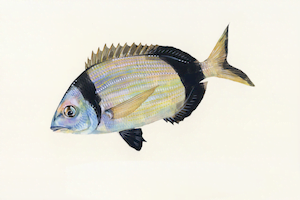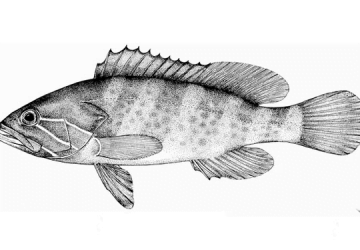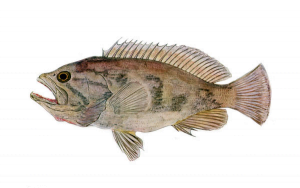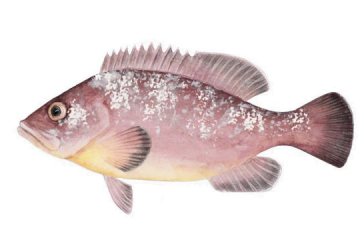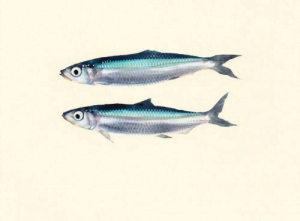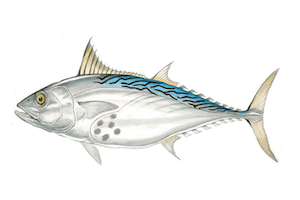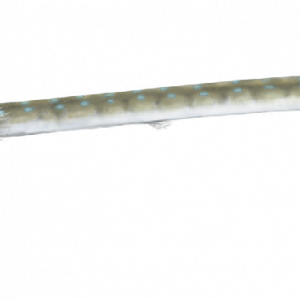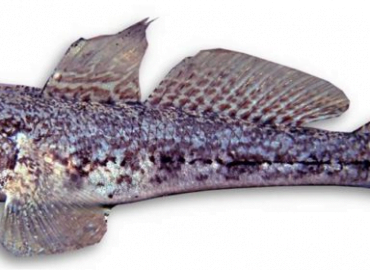
| Phylum | Chordata |
| Class | Actinopterygii |
| Order | Perciformes |
| Family | Sparidae |
| Gender | Dentex |
| Species | dentex |
Dentex dentex
(Linnaeus, 1758)
- Snapper (I)
- Common dentex (EN)
- Zahnbrasse (D)
- Denté commun (FR)
- Dentón (ES)
Size : The size of the snapper usually reaches 60-75 cm, but it can also be 100 cm long
Depth : The snapper lives between 15 and 50 m, but can reach a depth of 200 meters. Sometimes it can also be seen in more superficial waters.
Distribution : Lives throughout the Mediterranean Sea and in the westernmost part of the Black Sea. In the Atlantic it reaches Senegal and the British Isles
Living habits : Large predator of fish and cephalopods, often lives alone, but juveniles can form small groups.
Environments where it is possible to observe it : It can be found on shallows or promontories. The young on the edge of thePosidonia oceanica meadowsand in very shallow areas. In any case, it prefers rocky bottoms.
Identification criteria : The shape is unmistakable, with a massive body and a very vertical forehead. The back is flecked with iridescent and black dots.
Complementary morphological description : The jaws have very pointed teeth and 4 to 6 tusks. The back usually goes from beige to bluish-gray, while the belly is silvery. pelvic fins may be yellow in younger individuals.
Possible confusions: It could be confused with the blue pagro (Pagrus coeruleostictus), which however has a more rounded forehead.
Trivia and Observations : The species has separate sexes, although some individuals are hermaphroditic at the larval or juvenile stage. In the Mediterranean Sea, reproduction occurs between March and May near the coast. Embryonic development at 17 ° C lasts approximately 3 days.

